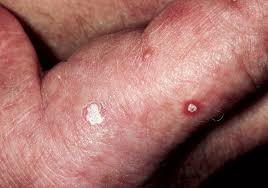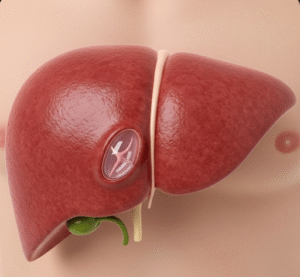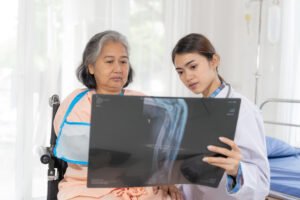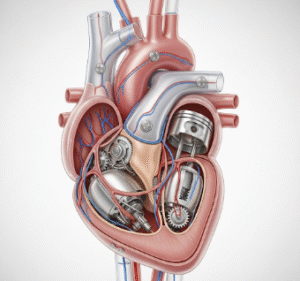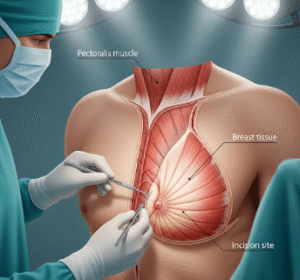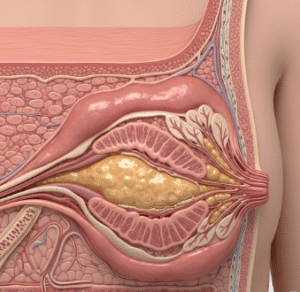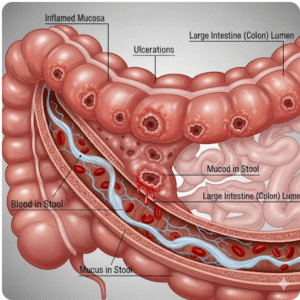Overview
Skin cancer is one of the most common types of cancer globally, but it has a relatively low incidence in Korea due to the population’s lower melanin-related vulnerability and cultural emphasis on sun protection. However, cases are increasing due to changing lifestyles, aging population, and higher UV exposure. Korea provides advanced diagnostic tools, surgical techniques, and cosmetic reconstructive options for skin cancer treatment.
What is Skin Cancer?
Skin cancer occurs when abnormal skin cells grow uncontrollably, often due to DNA damage from ultraviolet (UV) radiation. The three main types of skin cancer are:
- Basal Cell Carcinoma (BCC) – the most common and least aggressive
- Squamous Cell Carcinoma (SCC) – can metastasize if untreated
- Melanoma – the most dangerous form, arising from pigment-producing melanocytes
While skin cancer is less prevalent in East Asia, including Korea, awareness and early detection remain critical for successful treatment.
Symptoms
- New or changing moles or spots on the skin
- Asymmetrical or irregular borders in moles
- Color variations in a single mole
- Persistent sores that don’t heal
- Itchy, bleeding, or scaly patches
- Shiny or pearly bumps (especially with BCC)
- Firm red nodules (SCC)
- Dark, growing lesions (Melanoma)
Causes
- UV Radiation: From the sun or tanning beds
- Genetic Mutations: Especially in p53 gene
- Fair Skin: Though less common in Koreans, it increases risk
- Radiation Exposure: Past radiotherapy can increase susceptibility
- Immunosuppression: HIV/AIDS or post-transplant patients
- Toxic Exposure: Arsenic and industrial chemicals
Risk Factors
- Excessive UV exposure without sunscreen
- Family history of skin cancer
- History of sunburns, especially in childhood
- Weakened immune system
- Presence of many moles or atypical nevi
- Older age
- Outdoor occupation or lifestyle
Complications
- Invasion of nearby tissues (especially with SCC and melanoma)
- Metastasis to lymph nodes or other organs (melanoma)
- Disfigurement from untreated tumors
- Recurrence after removal
- Psychological distress or fear of recurrence
- Cosmetic concerns due to surgical scars
Prevention
- Use broad-spectrum sunscreen (SPF 30 or higher) daily
- Avoid sun exposure during peak hours (10 a.m. to 4 p.m.)
- Wear protective clothing, hats, and sunglasses
- Avoid tanning beds
- Perform regular skin self-exams
- Visit a dermatologist annually for skin screening
- Treat pre-cancerous lesions (e.g., actinic keratosis) early
Treatment Options in Korea
Diagnosis
- Skin biopsy (punch, shave, or excisional)
- Dermoscopy to visualize lesion structures
- Mole mapping and digital imaging
- Lymph node evaluation in advanced melanoma
Surgical Treatments
- Excisional Surgery: Common for BCC and SCC
- Mohs Micrographic Surgery: High-precision surgery preserving healthy tissue, widely available in Korea
- Wide Local Excision: For melanoma and invasive cancers
- Reconstructive Plastic Surgery: Offered after tumor removal to minimize scarring
Non-Surgical Treatments
- Topical medications: Imiquimod, 5-FU for superficial BCC
- Radiotherapy: For non-operable tumors or elderly patients
- Cryotherapy: Freezing small lesions
- Photodynamic Therapy (PDT): Available for superficial lesions in aesthetic clinics
- Laser therapy: Occasionally used for early superficial cancers
Advanced Melanoma Treatment
- Immunotherapy: Checkpoint inhibitors like nivolumab (Opdivo) or pembrolizumab (Keytruda)
- Targeted therapy: For BRAF-mutant melanoma
- Clinical Trials: Korean cancer centers offer access to cutting-edge research

